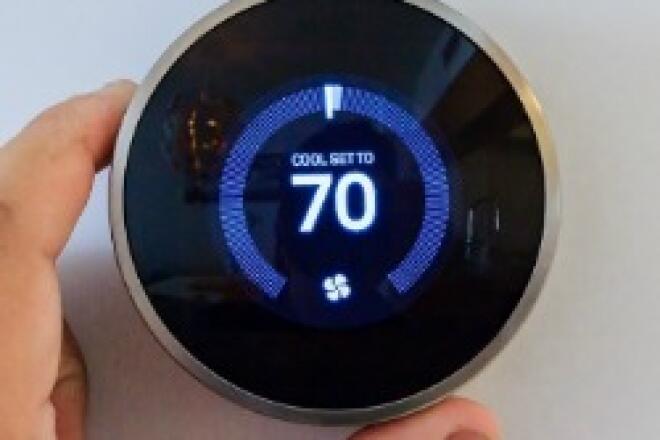
What’s A Microgrid? And How Is It Part of Our Smarter Energy Future?
If you've been reading about the widespread growth of solar energy and battery storage, you've probably come across the term “microgrid” here and there.
What exactly is a microgrid?
Well, you've probably realized, based on the word's two components, that it’s a small power grid, but why is this technology becoming particularly important now? And how does it fit into the larger discussion of developing a cleaner and smarter power grid?
As a good starting point for discussing microgrids and their benefits, let's take a look at Tesla’s recent work in Puerto Rico. As you likely know, Hurricane Maria devastated Puerto Rico’s power grid, and total recovery will likely cost billions of dollars and take up to 10 years. Two months after the storm, only half of the island’s utility customers had power, and intermittent blackouts since then have dropped this figure to as low as 18 percent at times.
 While efforts are underway to rebuild the island’s entire power infrastructure, Tesla turned its focus, initially at least, to vital but smaller projects, specifically the Hospital del Niño, a children’s hospital with 35 permanent residents and over 3,000 regular patients. Elon Musk’s team constructed a self-contained microgrid for the hospital, using solar panels for energy generation and large batteries to store energy for when the sun’s not shining.
While efforts are underway to rebuild the island’s entire power infrastructure, Tesla turned its focus, initially at least, to vital but smaller projects, specifically the Hospital del Niño, a children’s hospital with 35 permanent residents and over 3,000 regular patients. Elon Musk’s team constructed a self-contained microgrid for the hospital, using solar panels for energy generation and large batteries to store energy for when the sun’s not shining.
The hospital can now operate as normal without a connection to Puerto Rico’s electric grid – which is essentially what a microgrid is. While they can vary in sizes from a single facility (like a hospital, airport or prison) to a town or district of a city, what’s important is that the microgrid is able to function as an “island” from the larger power grid. The power is both generated and consumed in the same area.
When Puerto Rico’s power grid is rebuilt, the children’s hospital will likely add a connection to the traditional power grid. In the event that it needs to draw power from the electric grid, they would be able to do so fairly easily. Likewise, they will also be able to “island” themselves from the grid in the event of another disaster or other issue with the larger power grid.
The benefits of the “solar+storage” microgrid to the Hospital del Niño are threefold. First, their microgrid is much more resilient than the traditional grid. Even if some of the solar panels were damaged in a future storm, they can be relatively quickly replaced, and the batteries can power the hospital’s essential functions in the interim.
Second, the cost of energy to power the hospital will decrease significantly since they’re no longer buying costly electricity derived from burning petroleum that’s shipped in to the island. Third, the microgrid is much more environmentally friendly than shipping in petroleum (or other fossil fuels) and burning it in power plants.
A microgrid could also have potentially prevented the December power outage at the world’s busiest airport that affected hundreds of thousands of travelers and had a considerable economic impact to the City of Atlanta.
At Hartsfield-Jackson International Airport, the power grid connection for the entire airport was cut when a fire broke out in an underground facility due to a faulty device. The electric fire also damaged the back-up connection since it was in the same general area.
However, if the airport was able to create and store its own electricity through a microgrid, operations at the airport could have remained essentially normal despite the fact that the airport was cut off from the big power grid. In fact, Chattanooga, Tennessee, a city that’s well known for its focus on smart energy infrastructure, is already developing a microgrid for its regional airport for this reason.
So, how do microgrids fit into a smarter and cleaner energy future? They’re a major part of a future energy system where energy generation is more distributed at different points throughout the grid, instead of concentrated at a few major power plants.
In this smart power grid, power will be much more controllable, reliable and flexible as the various parts of system effectively communicate with each other through software, sensors and even machine learning. A more intelligent grid will allow us to more easily integrate clean renewable energy resources of all sizes and create a power grid that’s significantly less likely to experience blackouts over any large area.
To learn more about the benefits of smart grid technology to our society, read our consumer benefits fact sheet. For more information about how the interconnection of smart devices will revolutionize how we use energy, check out our Internet of Things infographic.



